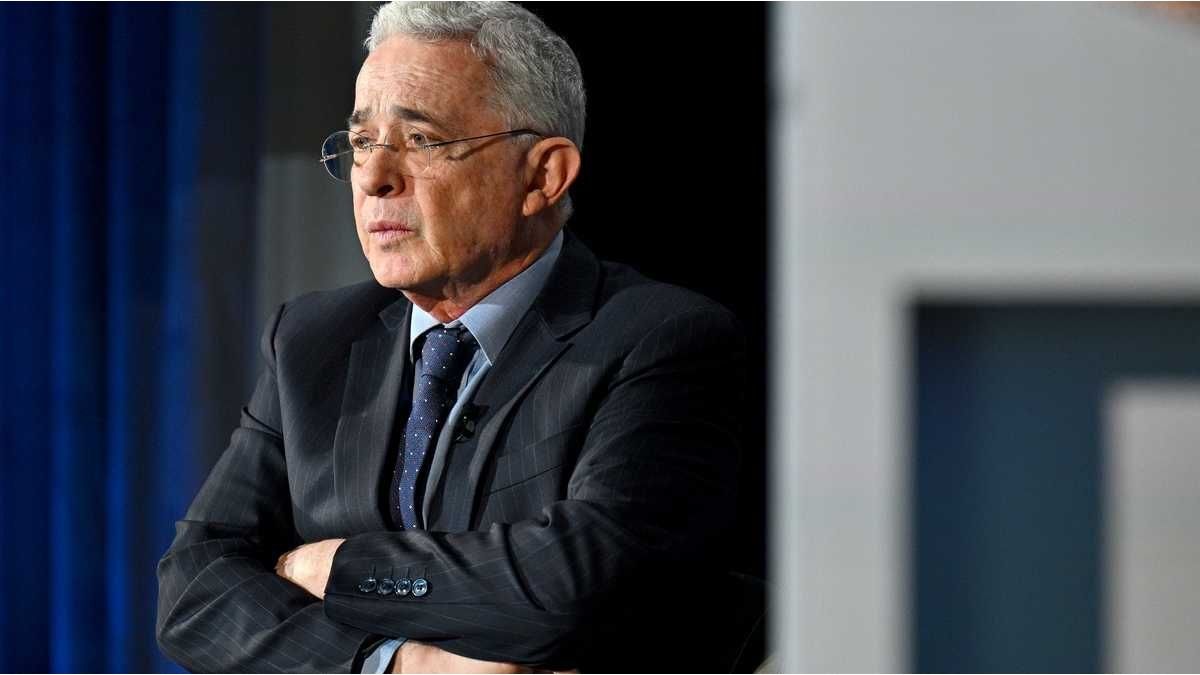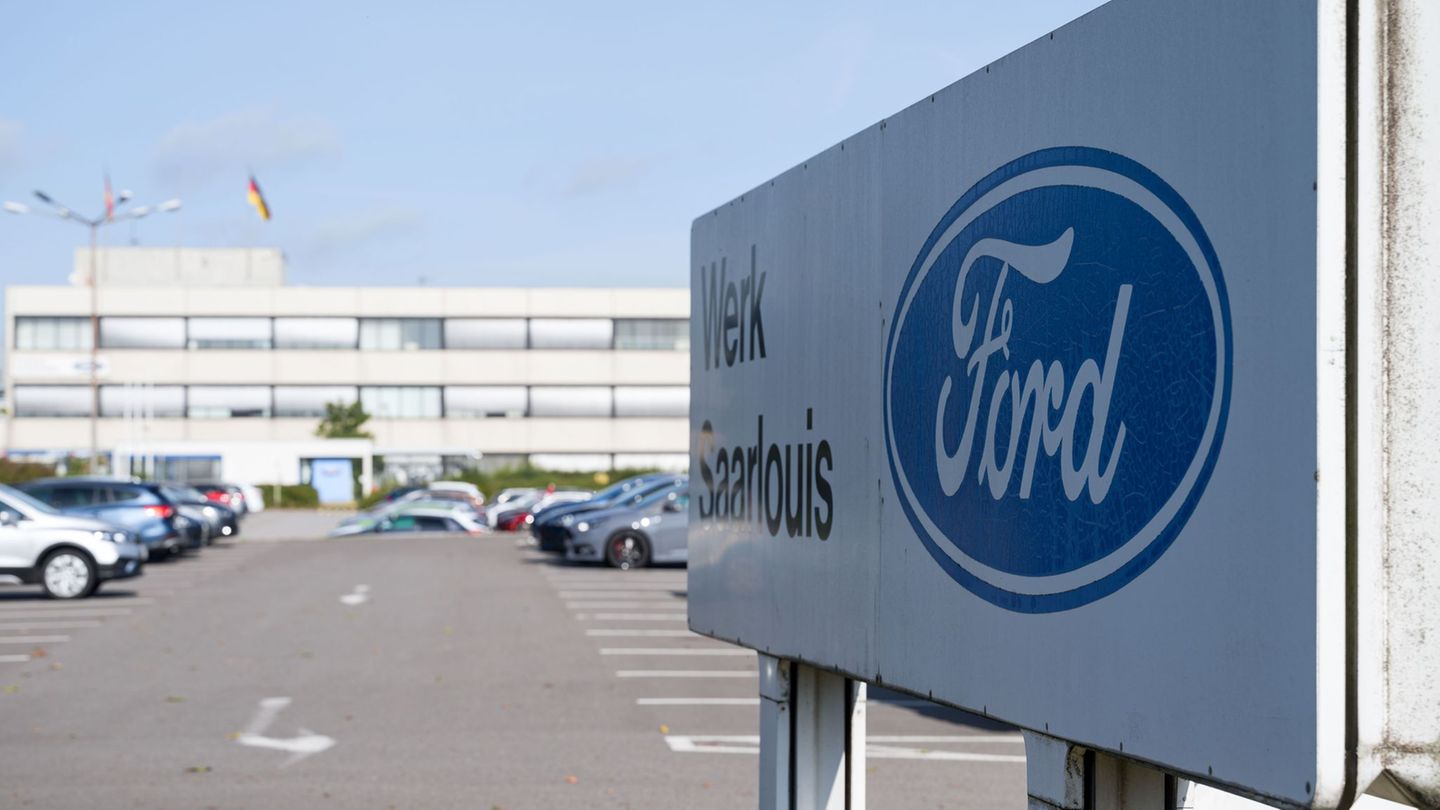A three-year-old boy rides a tricycle in the garden in Hiroshima on August 6, 1945, when the first atomic bomb exploded there. The boy dies, but his tricycle remains as a memorial. Now also in Europe.
As a memorial against the use of nuclear weapons, a sculpture of a tricycle can be seen in Geneva today. It is a faithful replica of a tricycle that a three-year-old boy was riding in Hiroshima on August 6, 1945, when the Americans dropped the first atomic bomb on the Japanese city.
The boy, Shinichi Tetsutani, died a few hours later from the effects of his severe burns. The parents buried the child in the garden together with his beloved bicycle. It was not until 40 years later that the family buried the boy’s remains in a family grave and gave the tricycle to the Hiroshima Peace Museum.
US-Japanese artistic collaboration
The bronze artwork was created by the Japanese artist Akira Fujimoto and Cannon Hersey. The American is the grandson of John Hersey, who visited survivors of the bombing of Hiroshima in 1946 and published a sensational article about it in the New Yorker magazine.
Memorial against nuclear weapons
The sculpture was commissioned by the Campaign to Abolish Nuclear Weapons (ICAN), which won the Nobel Peace Prize in 2017. It was donated to the museum of the International Committee of the Red Cross (ICRC) in Geneva, where it is now on display in the foyer. “We hope that children all over the world can play peacefully with their tricycles,” said Hitomi Hasebe, a distant relative of the boy, in Geneva.
Source: Stern
I have been working in the news industry for over 6 years, first as a reporter and now as an editor. I have covered politics extensively, and my work has appeared in major newspapers and online news outlets around the world. In addition to my writing, I also contribute regularly to 24 Hours World.




